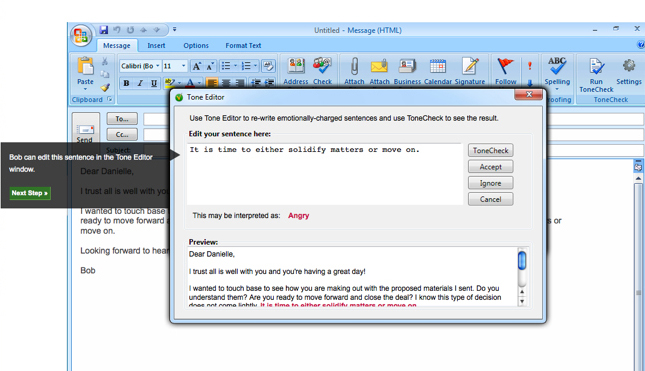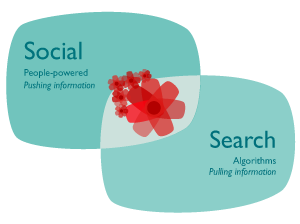Emotional Spell Check (we are all really dumb)
In the world of office productivity software like the Microsoft Office suite of programs, (Word, Outlook, PowerPoint, etc.), the 'spell check' feature is so fundamental, so ingrained into our experience of using these tools that we probably can't imagine a word processing or other text-centric application lacking the capability.
At this point could anyone craft a 400 word email or 5 page quarterly report without running spell check at least two or three times? In fact, spell check is so core to the process of content creation that we take it for granted, and some might contend when the capability is introduced to children in grade school via the use of common office productivity solutions that their ability to actually spell becomes diminished, as they come to rely on the spell check device too heavily. This likely occurs in adults as well, but we often cleverly convince ourselves we don't really have a spelling problem, we have a typing problem, and that most of the corrections made by spell check are to words we really do know how to spell.
So if we can justify the heavy reliance on spell check as a mere productivity enhancer and not really a crutch, what possibly could we say about the newest 'check' solution launched recently, a product called ToneCheck, which is described as 'the emotional spell check'. In the words of its creators:
ToneCheck™ is an e-mail plug-in that flags sentences with words or phrases that may convey unintended emotion or tone, then helps you re-write them. Just like Spell Check… but for Tone.
Does your first draft of that email message to your prospect read something like 'Come on already, quit wasting my time and jerking me around. Are you signing the contract or not?
Here is a screen shot of the ToneCheck plug-in activated on a possibly 'emotional' message:

A quick run of the ToneCheck plug-in can flag that passage as 'potentially angry' and suggest that you make some alterations to hit a more 'contented' tone. I suppose you probably knew the 'quit jerking me around' line did have the potential to seem angry.
This functionality has similarities to common features in HR Technology solutions for performance management, namely the 'legal scan' that catches managers from noting things like, 'Sally is really too old to grasp the technical complexity of this project'; and 'managerial helper' kinds of tools that suggest descriptive sentences and paragraphs to accompany objective or competency based ratings.
Having these kinds of helpers and filters and in the case of ToneCheck, a bit of a stop sign put up before you press 'Send' may be beneficial, but I can't help but wonder if these tools are really confirming something many folks often think. That is we really don't know what we are doing, we will quite likely get ourselves and our firms in big trouble if we are not monitored, and at the end of the day we really can't be trusted to spell, keep our emotions in check, and are in fact, really dumb.
Notes:
1.This post is about 500 words, I made 37 spelling mistakes that hopefully were all fixed by spell check.
2. I do not have 'ToneCheck' turned on in the comments, so please feel free to tell me what you really think.

 Steve
Steve




